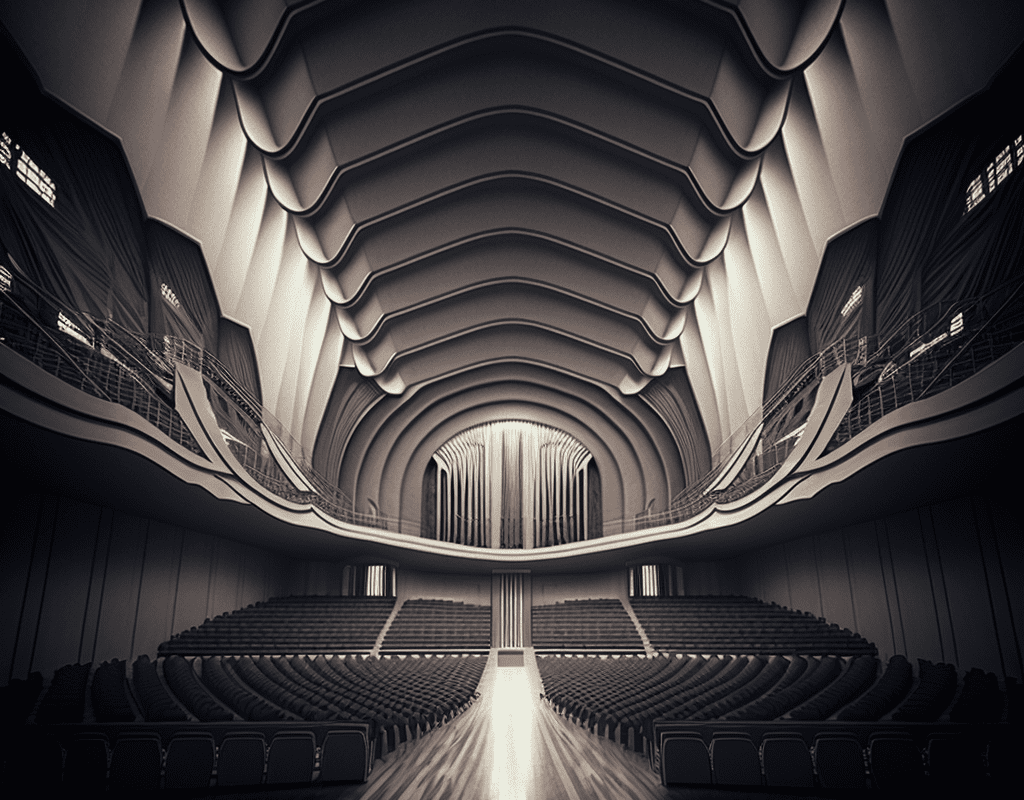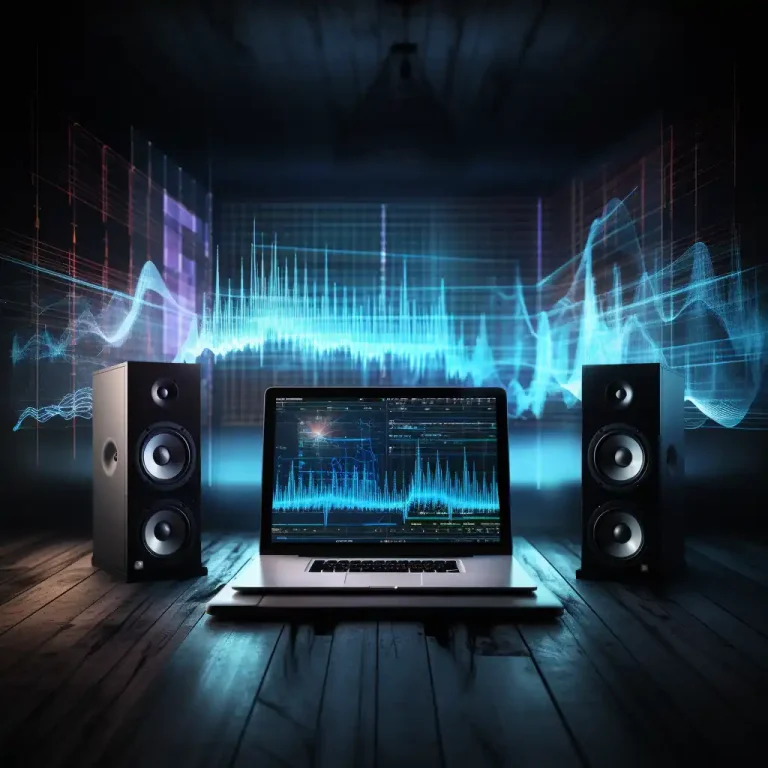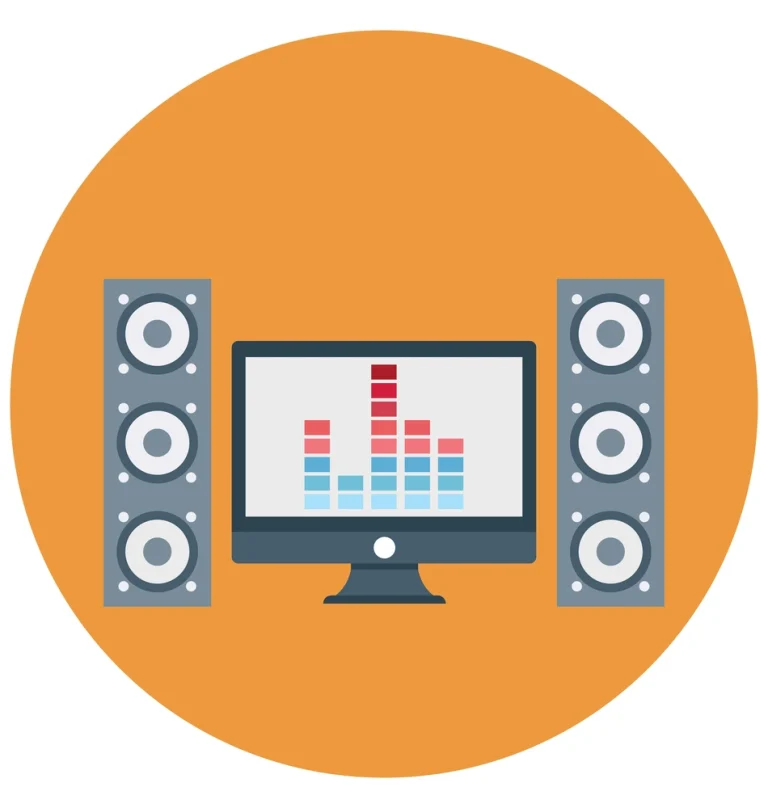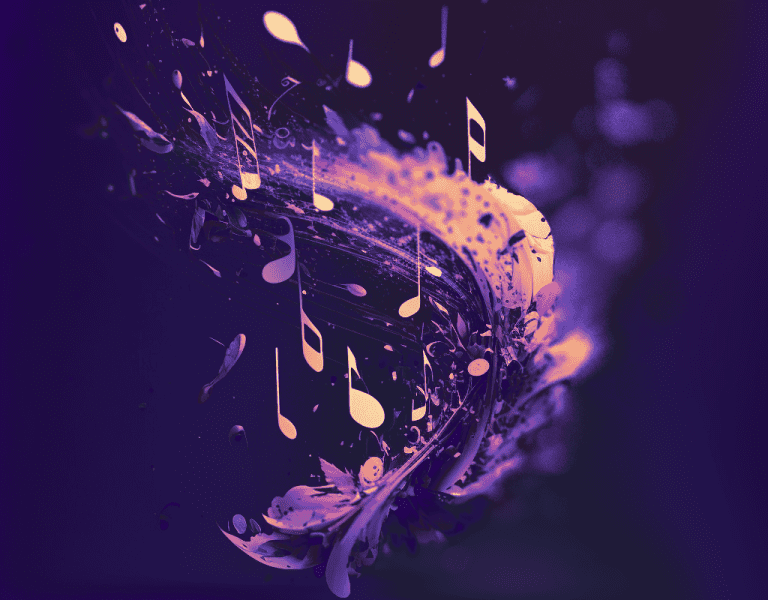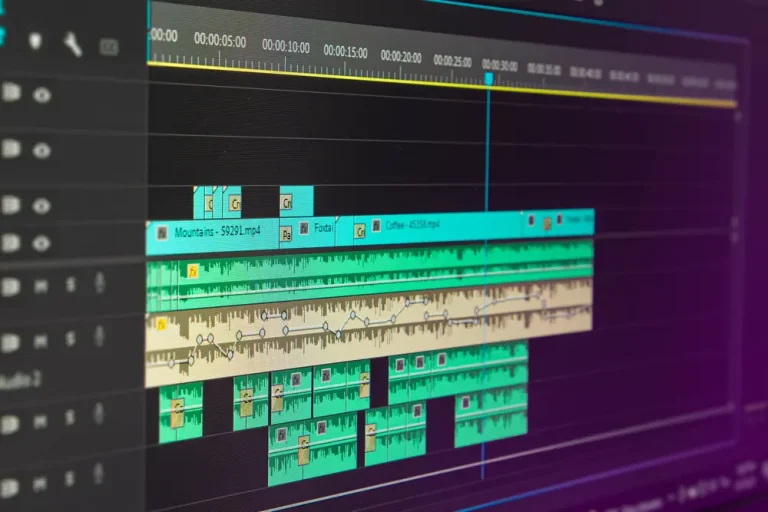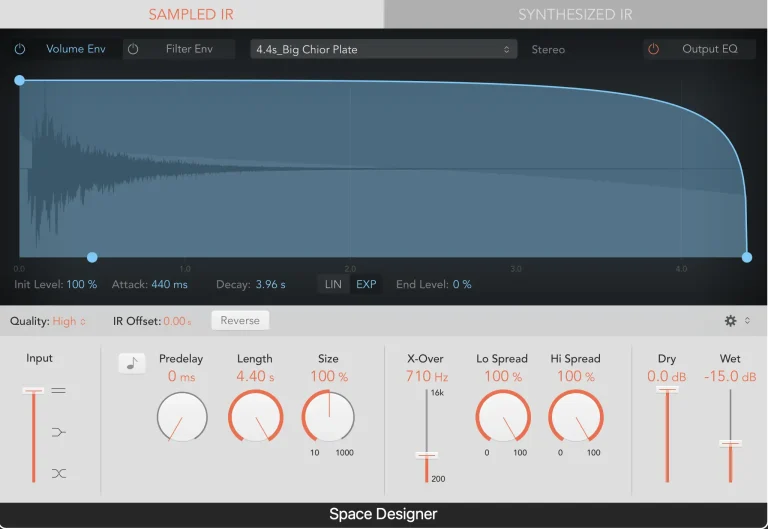What Does Reverb Sound Like? (Great Facts)
Reverb, short for reverberation, is an acoustic effect that plays a crucial role in music and sound production. But what does reverb sound like?
Reverb sounds like a series of echoes that blend and persist after the original sound stops (Music Gateway).
Reverb is a natural phenomenon that occurs in various acoustic spaces, from small rooms to large concert halls, adding depth and dimension to sound.
We are surrounded by ambient reverb in everyday life, whether we consciously notice it or not.
This phenomenon shapes our perception of our space and the sounds we hear.
Regarding music production, reverb is vital in creating the desired sonic atmosphere and enhancing the listening experience.
Understanding how reverb sounds and how it can be manipulated in a music production setting is essential for both musicians and audio engineers. It comes in various forms, such as room, hall, and plate reverb, each with distinct characteristics and effects on the sound.
As you continue exploring the world of reverb, you’ll better appreciate this critical acoustic element and its role in shaping the music we hear and love.
Key Takeaways:
What Does Reverb Sound Like – Understanding Reverb

Reverb, short for reverberation, is the natural phenomenon that occurs when sound waves bounce off surfaces in an environment and reflect back to the listener. These reflections create a sense of space and ambiance, impacting how we perceive the sound’s origin and overall characteristics.
In music production and audio engineering, reverb is often added artificially using digital or analog effects processors to simulate the natural reflections in different environments.
This can help add depth, warmth, and realism to recordings, making them more immersive and engaging.
Reverb sound can be described as a series of echoes or reflections that decay over time, gradually fading away.
Depending on the settings and the simulated space, reverb can range from a subtle, barely perceptible echo to a lush, expansive wash of sound surrounding the listener.
Several factors determine the characteristics of reverb, such as:
- Room size: Larger spaces typically produce longer reverb times, as sound waves take longer to travel and reflect off surfaces.
- Surface materials: The materials in an environment, such as wood, concrete, or glass, affect how sound waves are absorbed or reflected, leading to variations in reverb character.
- Listener position: The listener’s position about the sound source and the reflective surfaces influences the perceived reverb effect.
By understanding these factors and adjusting reverb settings accordingly, audio engineers and music producers can effectively shape the sound’s spatial characteristics to create a more captivating and immersive listening experience.
Types of Reverb
Reverb is an essential audio effect used in music production to create a sense of space and depth. There are different types of reverb, each with its unique characteristics and applications.
This section will explore some of the most common reverb types.
Hall Reverb is designed to emulate the sound of a large concert hall. This reverb type usually has a longer decay time and a more diffuse sound, making it suitable for adding a sense of grandeur to instruments and vocals. Examples of hall reverb can be found in this Sweetwater article.
Room Reverb replicates the natural reverberation of a smaller space, like a room or a studio. The decay time of a room reverb is typically shorter than that of a hall reverb, which allows for more clarity and intimacy in the sound. This reverb type is often used to help instruments and vocals blend better in a mix.
Chamber Reverb simulates the acoustics of a chamber, which generally falls between a hall and a room in terms of size. According to Sweetwater, chamber reverbs provide a lush, ambiance-soaked sound while maintaining clarity. This reverb type is suitable for a wide range of instruments and vocals.
Plate Reverb is a type of artificial reverb often used in recording studios. It is created by sending sound through a metal plate, which vibrates to produce a unique reverberation effect. Plate reverb typically has a smooth and warm sound, which makes it ideal for vocals and instruments that require a more subtle yet rich reverb effect.
Spring Reverb is another artificial reverb that uses metal springs to create its characteristic sound. Spring reverb often has a distinctive, slightly metallic tone and was a popular choice for guitar amplifiers. This reverb type is more selective for specific effects, such as surf guitar or vintage-style production.
In addition to these common reverb types, various digital reverbs, such as Convolution, Bloom, Shimmer, Gated, Reverse, and Non-Linear, offer unique sound effects and creative possibilities.
Reverb in Music Production
Reverb, short for reverberation, is the natural effect of sound produced in a space, causing sound waves to bounce off surfaces and create a sense of depth and space in the listener’s ear.
In music production, reverb adds ambiance and dimension to recordings, making them sound more natural and closer to how they would be heard in a live setting (iZotope).
In mixing, reverb is applied to instruments and vocals to simulate different acoustic environments, from small rooms to large concert halls. This helps to give the music a sense of space and adds depth and excitement to the mix, assisting individual tracks in blending and creating a cohesive listening experience (Music Gateway).
There are several types of reverb used in music production, each with its unique characteristics:
| Room reverb | This simulates the sound of a specific room or space, like a recording studio or a small club. It can add a sense of intimacy and warmth to the audio (Samplified). |
| Hall reverb | Replicates the reverberation in larger spaces such as concert halls, adding grandiosity and power to the music. |
| Plate reverb | Simulates the sound of a metal plate being struck, resulting in a smooth and dense reverb often used on vocals and drums for a polished sound. |
| Spring reverb | A vintage reverb effect that uses coiled springs to produce a characteristic “boingy” sound commonly found in guitar amplifiers. |
Reverb should be used thoughtfully in music production.
Striking the right balance is essential to enhance the recorded sound and give it the desired character (Renegade Producer).
Reverb in Everyday Life
Reverb is a natural phenomenon we experience daily, resulting from sound waves reflecting off surfaces, creating a sense of space and ambiance.
In everyday life, reverb is present in various environments, such as rooms, hallways, and outdoor settings, and it plays a key role in shaping how we perceive sounds and communicate with others.
Common examples of reverb in everyday life can be found in different acoustic spaces. When we speak in an empty room, the sound waves reflect off the walls, floor, and ceiling, giving rise to what is known as room reverb.
Room reverb is the most relatable and familiar type of reverb as it resembles the natural ambiance of spaces we frequently occupy.
Another example of a reverb can be found when walking down a hallway or through a tunnel.
Sound waves in these elongated spaces reflect and bounce back, creating a distinct echo effect.
This reverb type, called chamber reverb, accounts for the characteristic sounds we experience in such environments.
Reverb can also be observed outdoors, especially in large open spaces with reflective surfaces like buildings and walls. Sound waves in these settings produce echoes, resulting in a unique sense of space we commonly refer to as outdoor reverb.
Conclusion
In summary, reverb is a natural sound phenomenon that occurs when sound waves reflect off surfaces in a space, creating multiple reflections that reach the listener’s ears closely together. It helps create a sense of depth and space within an audio mix and can be found in various forms, such as room, hall, and plate reverb.
Reverb is crucial in music production. It blends instruments and vocals and creates an atmosphere. Understanding its use is key, as it affects the final mix’s quality.
But be careful! Overusing reverb can result in a muddy, unclear mix.
Musicians and producers have many options to experiment with reverb. There are hardware units, software plugins, and built-in effects in digital audio workstations like Logic Pro.
Finding the right balance and reverb type is essential; it should enhance the sound without overpowering it.
To achieve a pleasing reverb sound, you must listen and experiment. Try different settings and types to create a sound that fits your music project perfectly.

